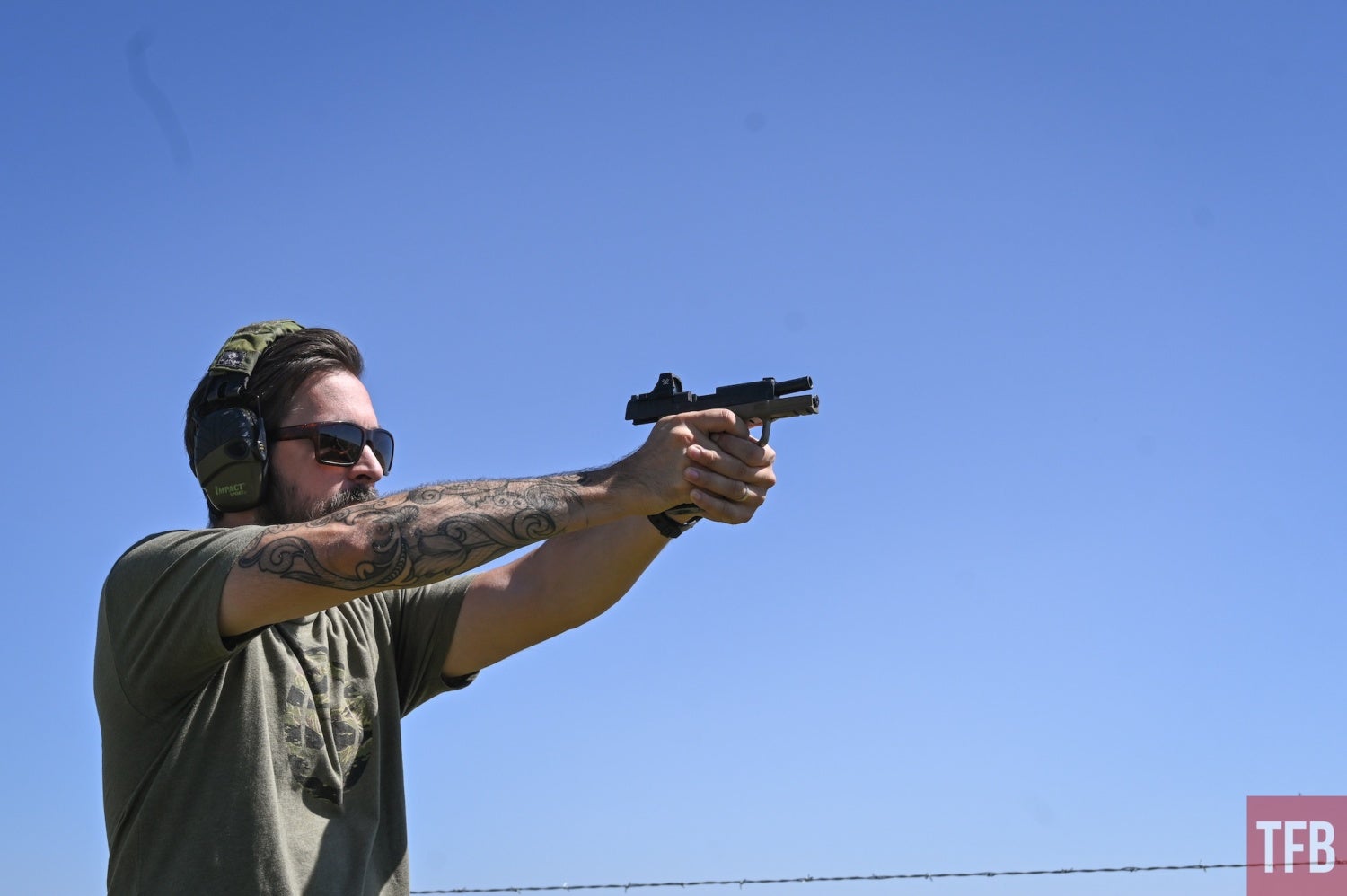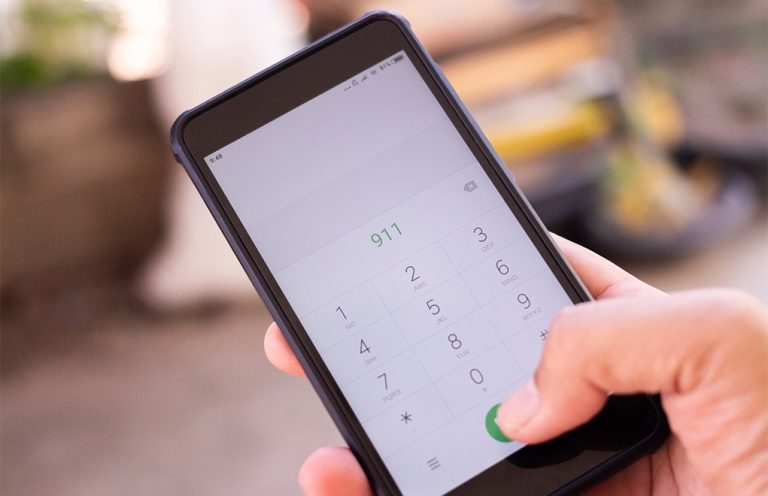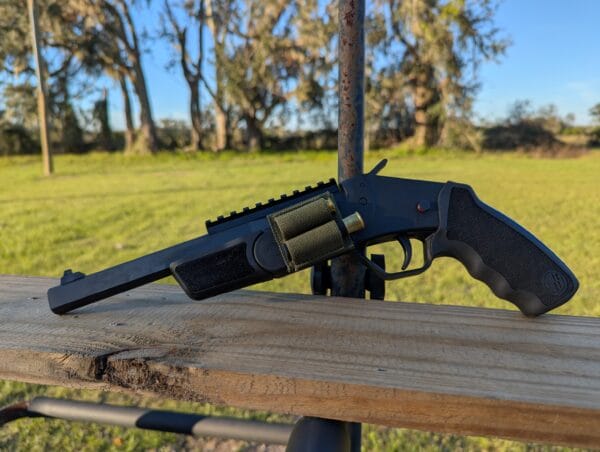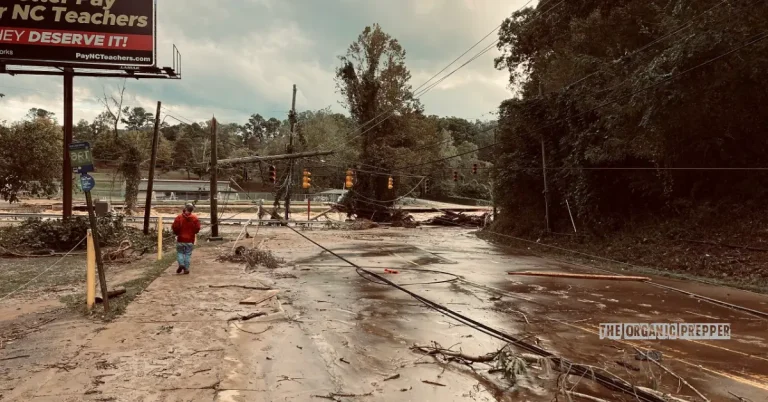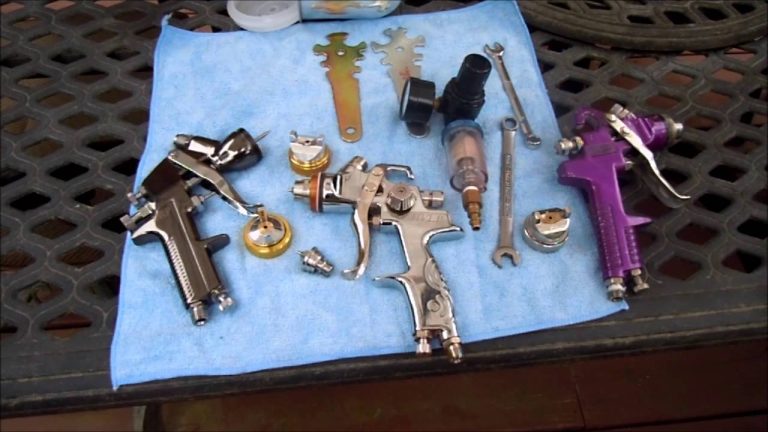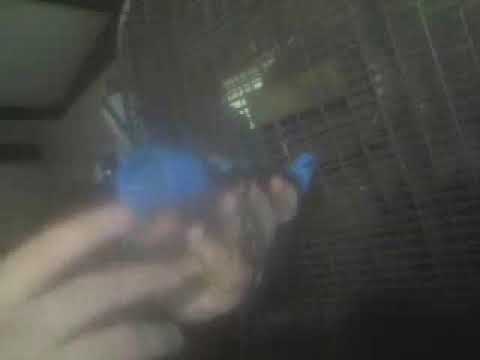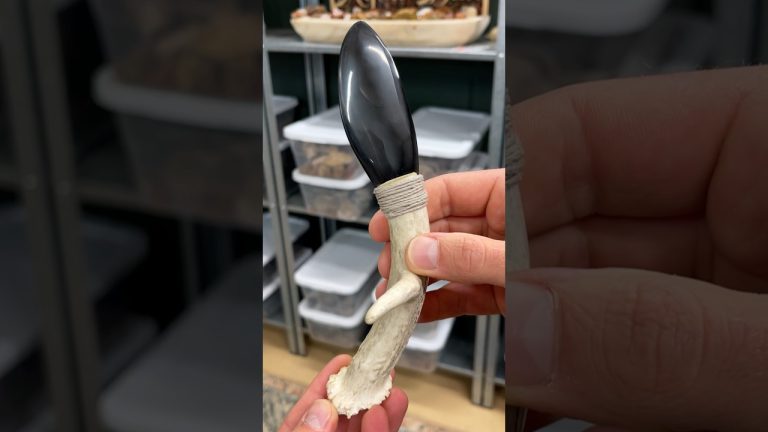A common anti-Second Amendment talking point is that the Founding Fathers couldn’t possibly have imagined the evolution that firearms have seen since they had a key role in founding the United States. Of course, we know that to be untrue, due to the letter written to Congress in 1777 by Joseph Belton. In this letter, one of the most exciting promises made was that eight rounds could be fired one after another without reloading. At the time, even an experienced rifleman could take 10 or more seconds before delivering another ball. These days, that problem has been alleviated with the use of box magazines, and centuries of combined shooting knowledge passed down from the greats. I am not one of these greats, so I won’t pretend that I can make you better, but these are some defined steps that may help you round out your pistol reload.
Magazines @ TFB:
The Pistol Reload: So, You Need More Ammo?

There are several reasons why you might need to reload your pistol. Either you need more ammunition, you had to clear a malfunction, or you’re trying to look hot on the Gram. Either way, you might want to start thinking about carrying a spare. For our purposes, reloads fall into two main types.
The Slide Lock/Emergency/Speed/Ruh-Roh Reload

Getting Gassed Up: The Anatomy of A Pistol Reload
There are so many names for this type of reload. If you’ve heard any others, drop them in the comments. Regardless of what you call it, the reason you need to conduct this particular reload is because you’re out of ammo in your gun and your slide has locked back. We need to get the empty mag out and refresh the gun with a new stack of rounds. I don’t care if you hit your mag release first, or start by grabbing the fresh mag. I’ve seen it taught both ways. Ideally, I’m trying to do as many things as I can simultaneously. Hit the button and your magazine should fall to the ground.

Magazines are meant to be disposable, even if they’re not always priced that way. In a fight, once that magazine is empty, it’s worth nothing. Get rid of it! If your magazines aren’t dropping freely to the ground, try to keep the firearm straight up and down so gravity will be working with you. Grab your spare magazine, which should be placed with its rounds facing forward, and index your finger along the front of the mag body.

Bring the magazine and magwell into alignment so they will come together more easily.

Look at your magwell while inserting the fresh magazine to improve your odds of a smooth entrance. Something my buddy Mo taught me was to use a silver Sharpie to draw a fat line inside your magazine well. That way, you can see where the magazine is going before you take your eyes away from your target. With one motion, aggressively insert that magazine, seating it with your palm.

With the magazine seated, it’s time to close the slide and chamber the next round. There is more than one way to do this, including coming over the top and racking the round in. I always use the slide release for this, since it’s so much faster. Releasing the slide means that your handgun is now ready to keep banging, or to be reholstered.

The Tactical Reload
Speed reloads are especially fun because they can be done very quickly and make you feel really cool with your 1R1 time. However, in a real-world application, you’re going to want to save all of the ammunition you can. Tactical reloads are used when there’s time to top off your gun so you never run empty. IDPA matches are a great place to practice this since dropping a magazine with rounds in it incurs a penalty.

Getting Gassed Up: The Anatomy of A Pistol Reload
Since I still have at least one round in my gun, I’m going to make sure that my muzzle is still pointed downrange. This is for safety purposes while training, but it is also important in a real scenario so you still have one opportunity to put down a threat, should you be unable to finish your tactical reload. Before dropping your old magazine, bring your support hand to your fresh magazine, gripping it with a clawed hand. The magazine should sit between your index and middle fingers.

Bring that magazine up to your gun, grab the base of your old magazine, and press the mag release.

At this point, simply switch the magazines, again, using your palm to firmly seat the fresh magazine.

You will now be left with the old mag in your hand, which still has rounds in it, so stow it somewhere for later. Your gun is now ready to roll.
Gassed Up and Ready to Go

Neither pistol reload method is right or wrong, as long as you use them in the appropriate context. Either way, train both. Having multiple mags makes practicing reloads so much more efficient. I picked up some spares for my Hellcat Pro from GunMag Warehouse because they were having a sale (and still are as of 09/27/2023). I’m going to spend that saved money on more ammo to practice my reloads. Keep training and being the best protector you can be.







